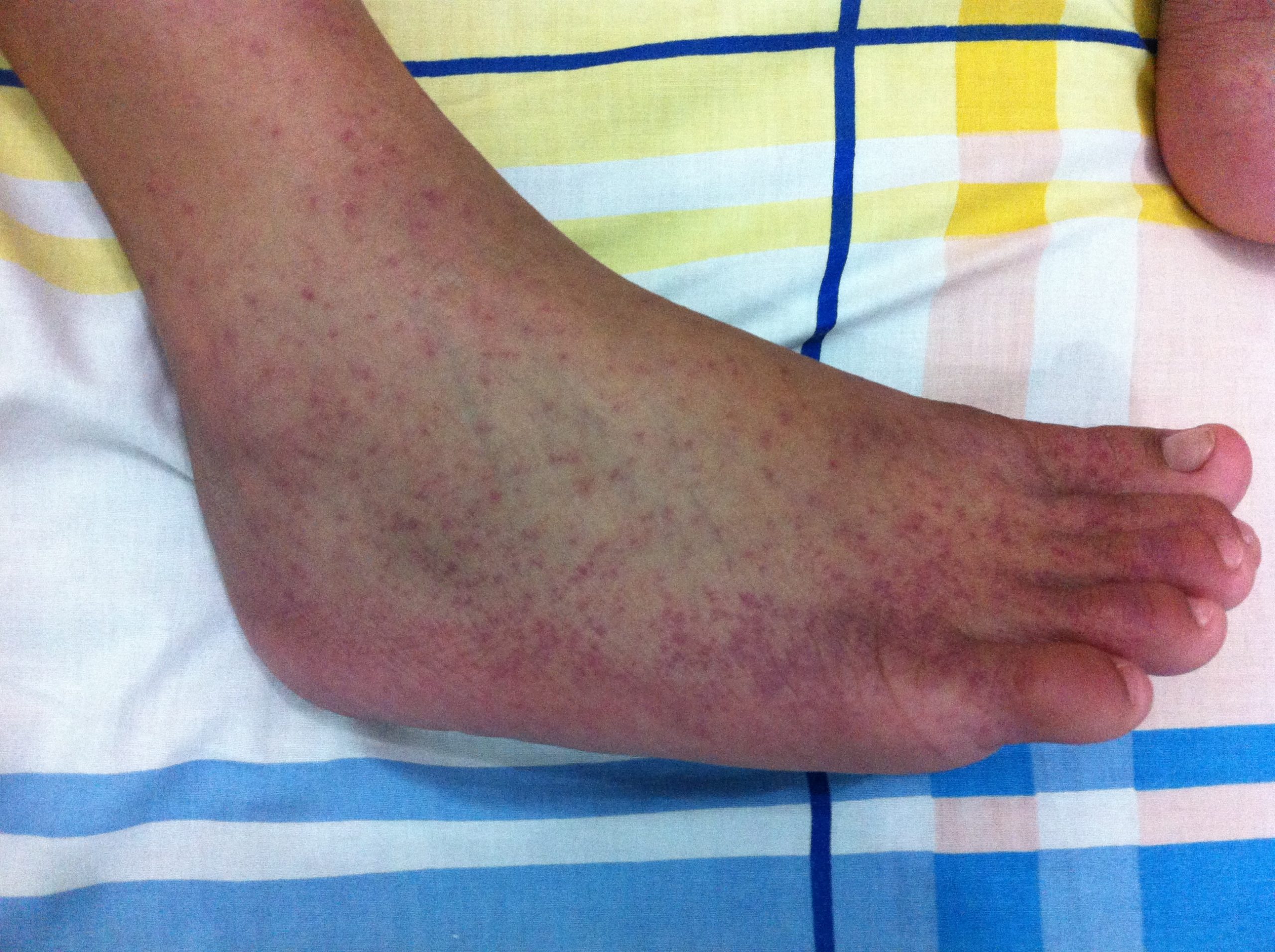Chikungunya fever is a mosquito-borne viral disease characterized by the onset of fever and usually accompanied by joint pain. The disease was first described in an outbreak in southern Tanzania in 1952.
The chikungunya virus is an RNA virus belonging to the family Togoviridae. The name “chikungunya” is derived from a word in Kimakonde, a Tanzanian language.
It means “to become contorted”, adequately describing the stooped appearance of people suffering from joint pain caused by the disease.
Since its discovery in 1952, outbreaks of Chikungunya fever have occurred in countries in Africa, Europe, Asia, and the Indian and Pacific oceans.
Cases of the virus were discovered for the first time in the Americas and the Caribbean islands in 2013. There is a significant risk of the virus being imported to new areas.
Chikungunya, like most viruses, has no cure. Symptoms often improve within a within; although the patient may occasionally have joint pain that may last for months or even years.
The risk of death from the disease is about 1 in 1000 people. Very young people, the elderly, and people with existing health problems are at risk of severe infections.
Causes of Chikungunya Fever
Chikungunya fever is caused by a virus of the genus Alphavirus and the family Togoviridae. The virus is generally transmitted from humans to humans by the bite of an infected mosquito.
However, there are rare cases in which the virus is transferred from mother to child during pregnancy or at birth.
The mosquitoes commonly involved in transmission are the Aedes aegypti and Aedes albopictus. These two species are also responsible for transmitting other mosquito-borne viruses such as dengue fever.
Symptoms of Chikungunya Fever
Most people infected with the virus will develop symptoms which typically begins with 3-7 days after being bitten by an infected mosquito.
Joint pain and fever are the most common symptoms of the Chikungunya fever; other symptoms include joint swelling, muscle pain, headache and rash. Most patients often feel better within a week, although some may experience joint pain for months or years following the infection.
Chikungunya fever rarely results in death, although the symptoms can be severe. The disease typically confers a lifelong immunity if a person has been infected before.
Diagnosis of Chikungunya fever

Chikungunya fever can be diagnosed using several methods. The doctor may inquire about the patient’s recent travel history to check if they have been to areas where the disease is present.
Serological tests like the enzyme-linked immunosorbent assays (ELISA) may be used to measure chikungunya antibodies in the blood serum. The antibody levels are highest 3-5 weeks after the onset of illness and may persist for about two months.
The symptoms of the virus are similar to those of dengue fever and Zika virus, diseases that are also transmitted by the same species of mosquitoes that transmit chikungunya.
Treatment of Chikungunya Fever
There is no cure or vaccine to treat to prevent chikungunya virus. Treatment options available to treat the symptoms include:
- Drink lots of fluids to avoid dehydration.
- Get plenty of bed rest.
- Medication such as paracetamol can be used to reduce pain and fever.
Prevention and Control
Mosquito breeding sites situated near human settlement is a risk factor for chikungunya as well as other diseases transmitted by the species.
To prevent and control these diseases, the number of natural water bodies and artificial water containers that support the breeding of mosquitoes have to be reduced. Community mobilization and support would be required for the eradication of these sites.
Insecticide may be applied to surfaces where mosquitoes land and in water containers to kill mosquito larvae. It may also be sprayed to kill flying mosquitoes.
Members of the community are advised to wear clothing that minimizes skin exposure during outbreaks. Mosquito repellants can also be applied on exposed skin or clothing as determined by the instructions of the product label. Mosquito coils and vaporizers can also be used to prevent indoor biting.
People travelling to areas endemic with the disease are advised to wear long sleeves and pants, use repellants and ensure living quarters are fitted with mosquito nets and screens to prevent the mosquitoes from entering the vicinity.












